
Gabart Crushes Record
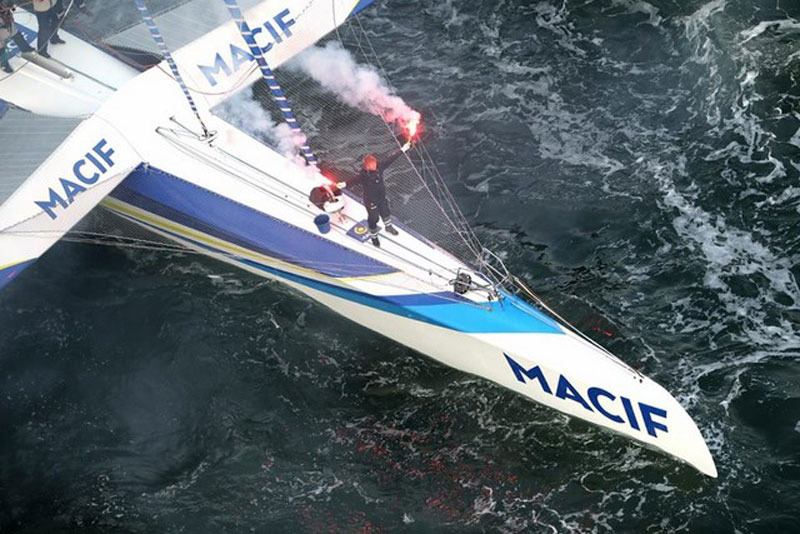
Yesterday afternoon, after 42 days, 16 hours and 40 minutes at sea, 34-year-old sailor François Gabart shattered the solo round-the-world record, knocking nearly six and a half days off countryman Thomas Coville’s already impressive record from last year aboard Sodebo Ultim’. Even more impressive than setting a new solo record in such decisive fashion, Gabart has come within less than two days of setting a new outright round-the-world record, logging the second-fastest circumnavigation ever, solo or crewed. On his first attempt, with a minimum of drama, François exceeded even the loftiest expectations and made it look easy as only he can do. With a victory in the Vendée Globe (2012-13) on his first attempt, as well as the Route du Rhum, the ‘Golden Boy’ has now tasted success at each of the very highest levels of the sport of solo ocean racing, arguably supplanting Michel Desjoyeaux as the greatest of all time.
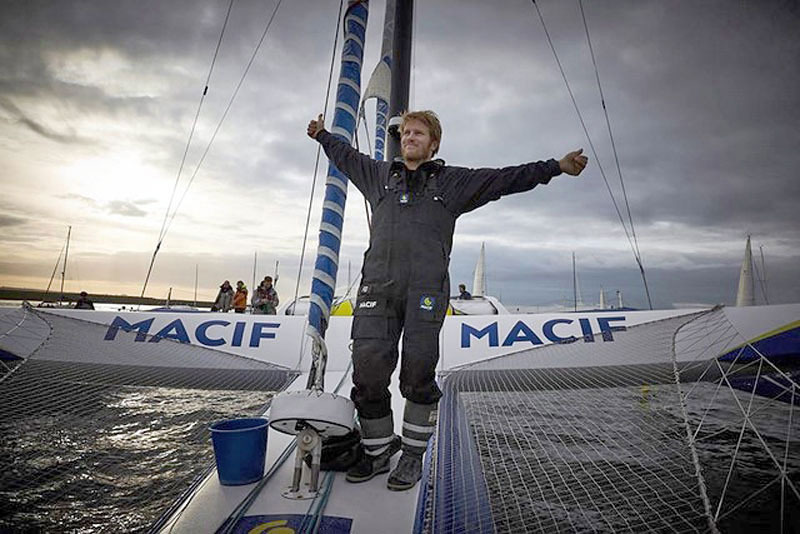
After a blindingly fast, almost perfectly sailed lap of the globe, Gabart and his 100-ft trimaran Macif arrived back in Brest, France, to a hero’s welcome on Sunday. Escorted back to the dock by hundreds of spectator boats, François was humbled by the welcome that he received. "I have been literally swept off my feet by the emotion, by their presence, which helped me keep going to the end. To see all these people, all their energy, makes you feel so good, after seeing so few people in the last 42 days. It’s a little hard at first. It takes you by surprise, but it’s wonderful."
Since beginning his record attempt on November 4, Gabart has passed many milestones and set a number of records. When descending the Atlantic, Gabart hooked into a well-placed low-pressure area with an area of high pressure in front. With strong breeze and flat water ahead, Gabart had a wide open race track to push Macif to the limit, registering a 24-hour record of 851 miles, a staggering figure that added nearly 100 miles to his own solo 24-hour record. Shortly thereafter, he set a new outright reference time from the starting line in Ouessant to the Cape of Good Hope of just 11 days. 20 hours,10 minutes.
While he didn’t have the quickest time or shortest conditions across the Indian Ocean, due to a lengthy detour to avoid a weather system coming off the African continent, he did across the Pacific, beating out every crewed boat in history to set an outright record of just 7 days, 15 hours and 15 minutes from Tasmania to Cape Horn. Once past Cape Horn, another well-timed low-pressure system allowed François to travel much of the way up the South American continent at a rapid clip, allowing his lead over Coville’s time to balloon from two days to nearly five days.
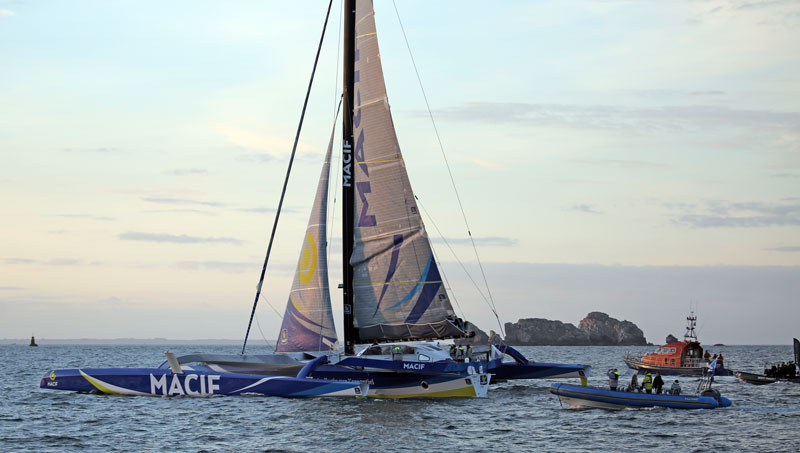
Reflective of his journey, Gabart commented on his weather window: "Perhaps there was only one window to set off on this year, on 4 November between 8 and 11 a.m. This window was not necessarily brilliant at the start, but it turned out to be, and I was guided by my lucky star."
One can only wonder what the ‘Golden Boy’ will do next.
How Was Your Windy Weekend?
Well, since you asked for readers’ observations about this windy weekend, here’s one sailor’s perspective:
Saturday approached its boisterous expectations, although the wind wasn’t particularly noteworthy for SF Bay; its strength was less than on a typical summer afternoon. What distinguished Saturday’s wind, though, was its north-south alignment, which provided a lengthier fetch than usual. It also meant that we in the South Bay had a long beat to get up to the Central Bay.
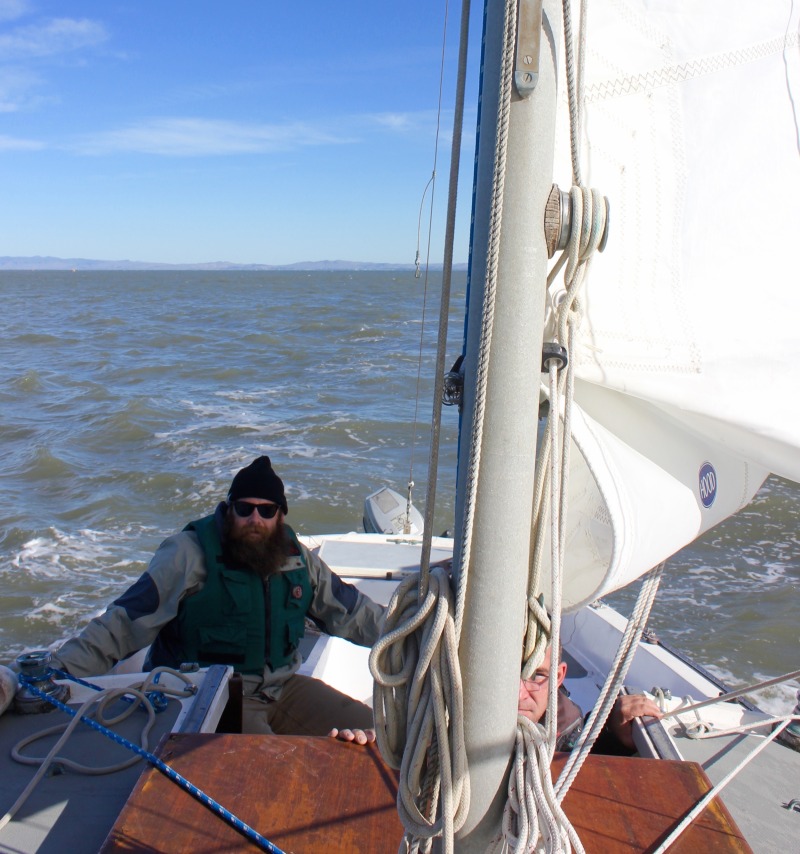
©Latitude 38 Media, LLC
But it was surprising how few boats were out there enjoying it. Aside from a race up and down the southern Cityfront, the South Bay was essentially empty, and by the time I made it up to the Central Bay there were probably fewer than a dozen sailboats scattered around. Quite unusual for a breezy Saturday.
Raccoon Strait was a respite after a long beat, being sheltered by the Tiburon Peninsula. I was finally able to take my attention away from the tiller long enough to get my camera out and snap a photo of the Golden Gate Bridge as the sun set over the Marin hills.
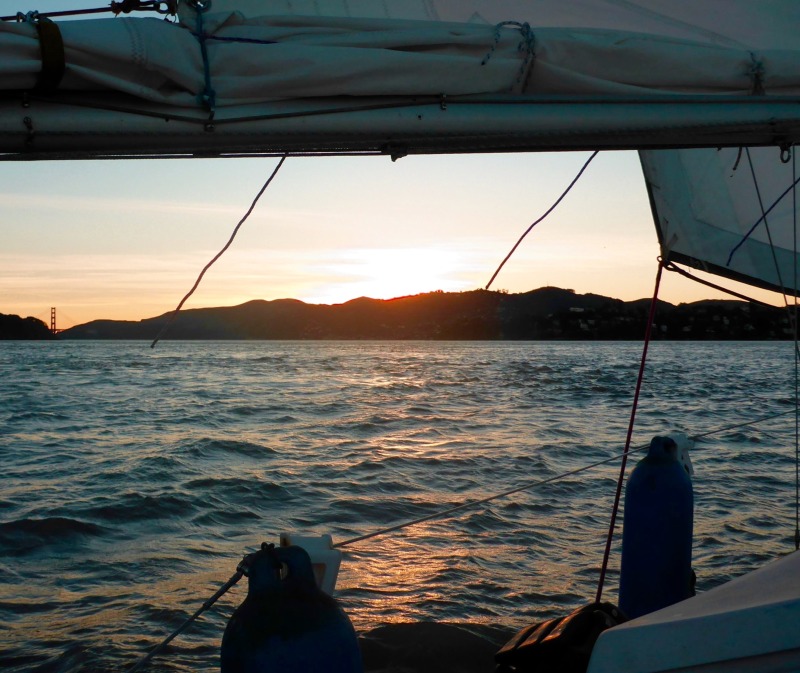
Ayala Cove was amazingly deserted; there was only one boat in the mooring field when I arrived (and they left at the crack of dawn). The breeze had subsided overnight, and it was a glorious morning. So strange to have the entire mooring field to myself on such a lovely Sunday.
As you probably noticed, the wind disappeared entirely on Sunday. The few boats out enjoying the balmy early morning breeze had to motor home.
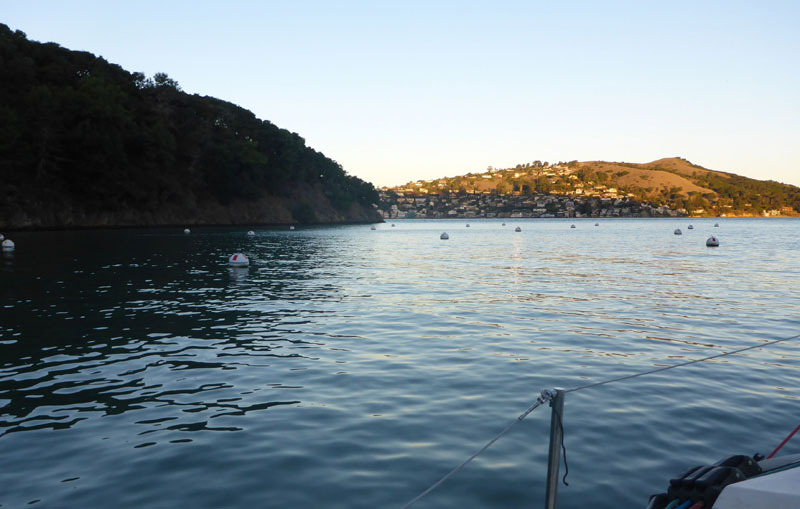
Overall, it was even better than I had been anticipating. Aside from the long motor home, it was a wonderful weekend, so I’m glad I took your advice and went out sailing. As for most everyone else I guess they must have gone Christmas shopping instead.
Beer Can Racing Year-Round
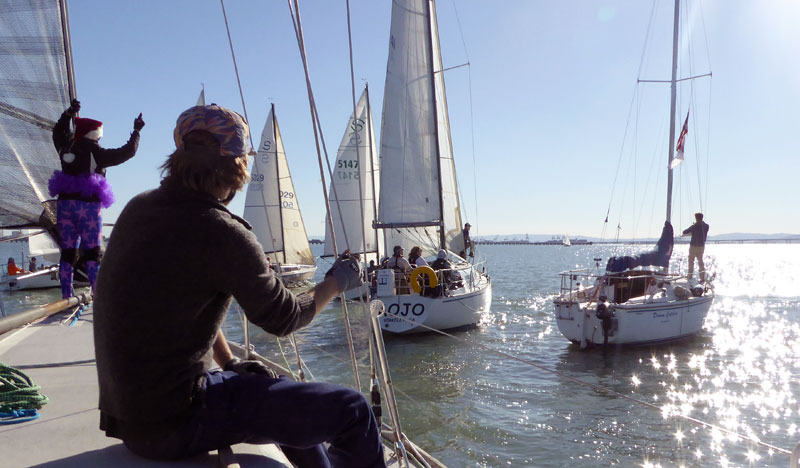
Berkeley Yacht Club offers two seasons of beer can races — summer (April-September) is for Friday Night Races and winter (October-March) is Chowder time on Sundays. Like the Friday Night Races, the Chowders are a low-key, bring-your-friends-out-racing type of sailing, only without summer’s high wind, fog and chop. The 1 p.m. start is right outside the Berkeley Marina entrance, and the courses are around what’s left of the Olympic Circle marks, with a finish back at the club. This Sunday Bob Walden raced on his Cal 39 Sea Star in perfect light air, flat water and sunshine, on a moving holiday get-together of friends and family.
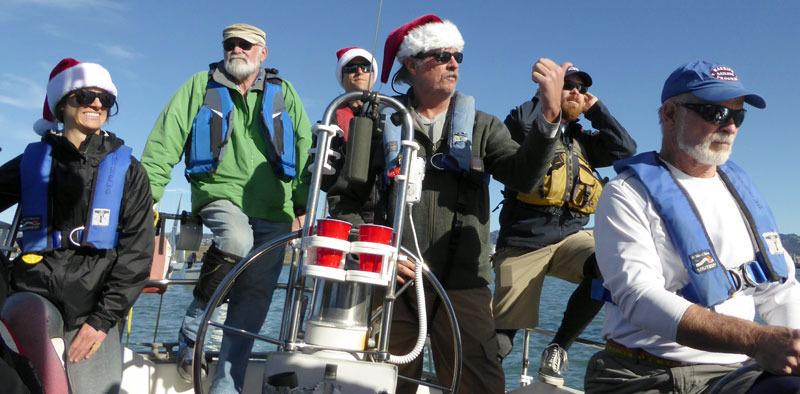
The Chowders started life as monthly races but soon became an every-winter-Sunday series in the ’80s. There is no entry fee, and signing up is easy at the club. You can even win a nice coffee cup if you do well.
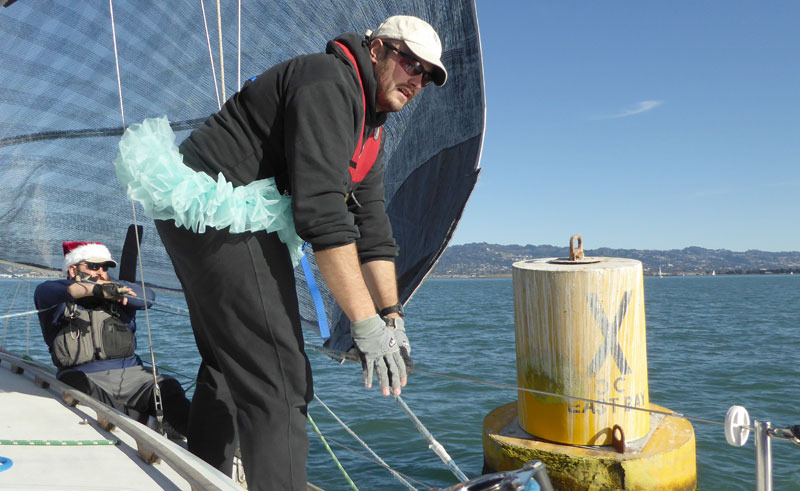
These are excellent races to bring aboard non-sailors or racing newbies to see if they like close-quarters buoy racing without the screaming, protests or aggressive starts. One of the Chowder rules is that minor protests must be held in “Rolling Mediation Hearings” at the club after the racing and everyone gets to voice an opinion on the infraction. If you don’t like public speaking or hearings maybe you shouldn’t protest in a Chowder race.
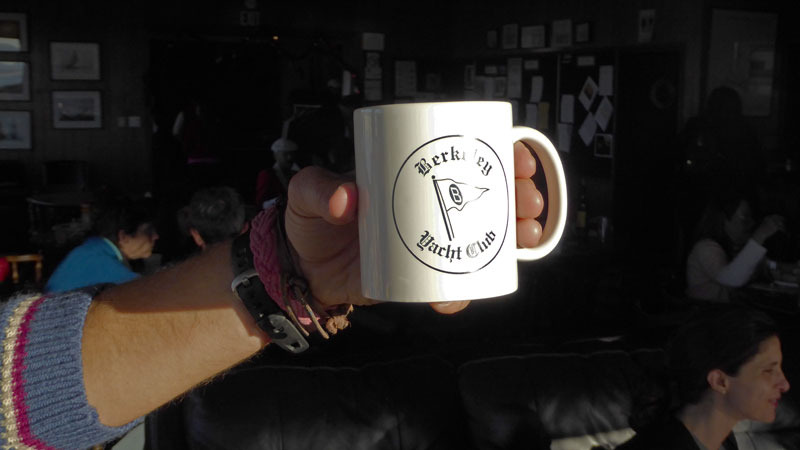
Berkeley Yacht Club has racing every weekend throughout the year, with big regattas full of fast boats, fun Friday nights in the fog, and, among our favorites, the Sunday Chowders. There’s only one weekend off this year — Christmas Eve (but you can go sailing anyway).

